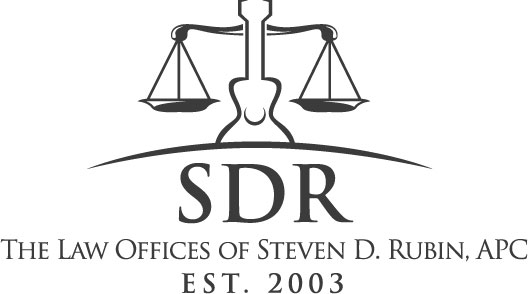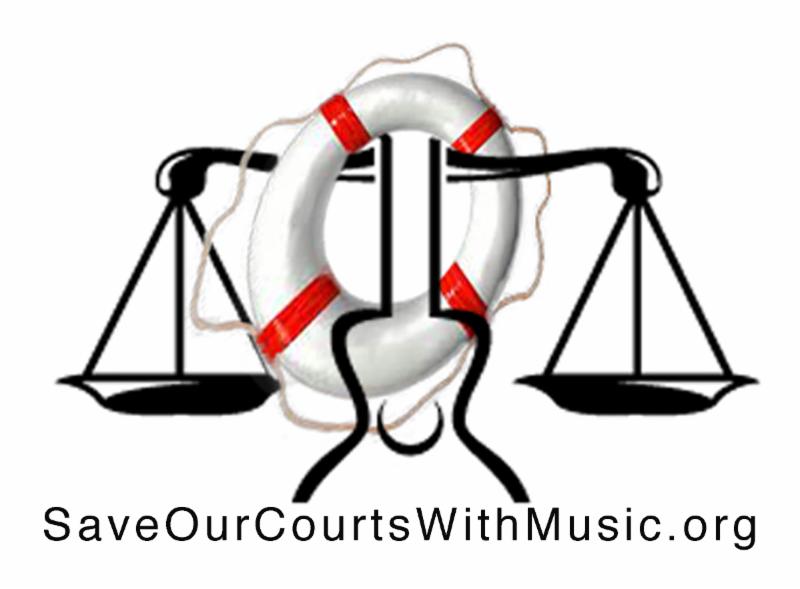
How do you serve a lawsuit on a ghost? It is time for Federal Rule of Civil Procedure, Rule 4, to evolve.
Here is the set up: A Bad Guy wants to sell counterfeit goods on a website. In the process, the Bad Guy tramples all over the Genuine Seller’s registered trademarks. Not surprisingly, the Bad Guy would like to keep his real identity a secret. That way he can steal tons of money without the Genuine Seller even knowing who he is. Not to mention, in the process, he is selling cheap counterfeits that are inferior thereby damaging the Genuine Seller.
Although not intentionally, the Internet Service Providers (ISP) that set up the website through which the Bad Guy operates, and the eCommerce Fulfillment Centers (EFC) that ship the counterfeit product to the unwitting purchasers, employ a business model that facilitates keeping the Bad Guy’s identity secret. Go Daddy.com LLC and Domains by Proxy, LLC for example, will serve as the registrants for the Bad Guy’s website. They will not even entertain the thought of whether to disclose the Bad Guy’s identity unless served with a valid subpoena. Which means the Genuine Seller has to file a lawsuit just to be able to ask the ISPs who is behind the website that is stealing from the Genuine Seller. This dilemma is duplicated with the EFCs. Just like the ISPs, the EFCs will not even consider disclosing who is behind the account for which they are shipping counterfeit products without a valid subpoena. Thus, the business models of such ISPs and EFCs is tailor-made for the Bad Guys.
Okay, so the Genuine Seller files the necessary lawsuit to gain the privilege of serving a subpoena on the ISPs and EFCs asking for the identity of the Bad Guy. Problem solved, right? Not so fast. The Genuine Seller has to serve the lawsuit on the Bad Guy. Well, it should come as no surprise precisely for the reason that the Bad Guy wants his identity protected by the ISPs and the EFCs, he does not provide any genuine or meaningful contact information to contact his illicit business. The Bad Guy is a ghost. How do you serve a lawsuit on a ghost? Without good service, the Genuine Seller’s lawsuit is vulnerable to dismissal for failure to properly serve the Bad Guy. This could jeopardize the subpoenas intended to help discover who the Bad Guy is. In the meantime, the Bad Guy, the ISP, and the EFC, are all making money off the Genuine Seller.
Federal Rule of Civil Procedure 4 (FRCP 4) set forth the rules for service of a Summons, i. e., how to serve a lawsuit so that a Court gains “personal jurisdiction” over the Bad Guy. However, neither FRCP 4, nor the parallel California state statutes, provide for an efficient method of serving a lawsuit on such Bad Guys. The Genuine Seller cannot serve the Summons on the ISP. The Genuine Seller cannot serve the lawsuit on the EFC. The rules for service were developed for a world that no longer exists in large part. A bricks and mortar world. A world where even crooks needed a “place of business,” or a “place of abode,” or some kind of address. That world no longer exists. Now, the Bad Guy can exist in the ether. Our rules for service of a lawsuit, to a significant extent, hinge on being able to locate either the Bad Guy himself, or at least a place of business, place of abode, or at least some address sufficiently connected to the Bad Guy so that the lawsuit can be left at such a location. The Bad Guys are smart. The Bad Guys know this. The Bad Guys are happy to take full advantage of these rules.
In situations such as that described above, our rules for how to serve a lawsuit are broken. They only serve the interests of the Bad Guys. They need to evolve to provide for service of a lawsuit on a ghost. Stay tuned.


